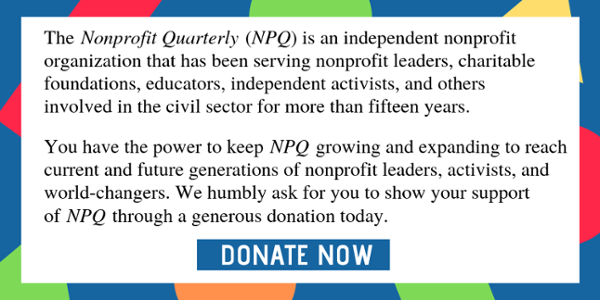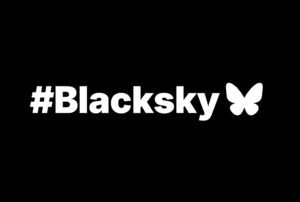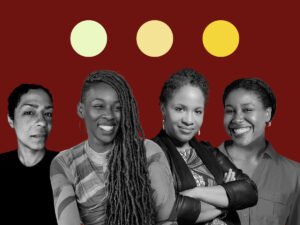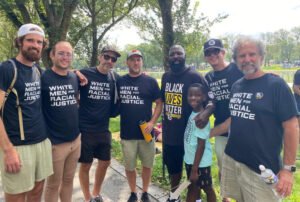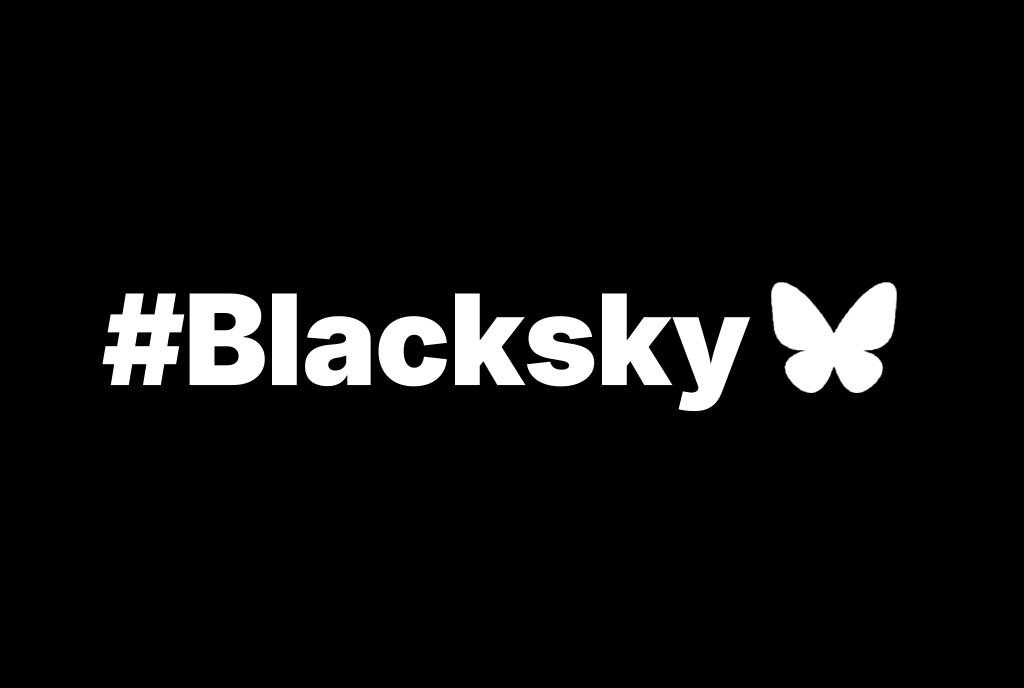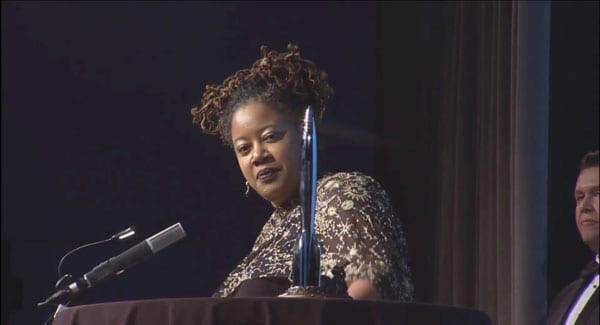
Editor’s Note: Cyndi Suarez will soon have her own bi-weekly e-column within NPQ and we are accumulating names for that mailing list. Sign up here to be included!
The worlds of fashion and speculative fiction had two very interesting stories recently of note to the nonprofit sector. Both deal with blackness and the imagination as the terrain of the human battle for the future.
The fashion world sent another missive into the racist imagination last week, something that, according to the Washington Post’s Robin Givhan, it has a history of doing. As she describes it,
A display of expensive tchotchkes in the windows of Prada’s SoHo boutique in New York included one style that recalled a Golliwog, the 19th-century blackface character with big round eyes and large red lips. The thing also resembled the title character from “Little Black Sambo,” a children’s book of the same era. Either way, the connotations were unequivocally racist.
News of the display spread when Chinyere Ezie, a staff attorney at the Center for Constitutional Rights, saw the store window on her way back from a trip to Washington, where she visited the National Museum of African American History & Culture. Givhan writes that the store front “reminded her of the racist propaganda she’d just viewed in the museum.”
Ezie recalls, “I felt enraged. I felt flabbergasted. I felt confused.” She went into the store, took pictures, and posted them on Twitter and Facebook.
Givhan notes that as fashion companies become more and more global, they don’t seem to incorporate that cosmopolitanism into their ranks. Though they have public relations offices around the world and “a roster of paid micro-influencers…they have very few safeguards to assure that they have sophisticated understanding of various markets.”
This is important. As Givhan explains,
Fashion companies aren’t just selling gadgets. They are selling personal identity, intimate fantasies and even self-esteem. They are treading in sensitive territory.
[…]
And designers, for as much as they travel around the globe, are often still deeply rooted in their own culture. They continue to see everything from their point of view. To some degree, that is their job. They digest a bounty of inspiration. And they create something personal and propriety.
What Givhan is describing is white cultural appropriation; it doesn’t just take from the other, it diminishes in order to feel superior.
Ezie’s social media outrage campaign reached the Prada Group, which promptly “issued an apology, dismantled the display and announced that it would pull the offending $550 charm from circulation,” saying it abhors “all forms of racism and racist imagery.” They also promised to convene an advisory council “to perform a post-mortem to determine just how such a product reached the sales floor at all.” Upon request from Ezie, they further agreed to donate proceeds from their product to a New York-based organization “fighting for racial justice.”
Just how do these racist images make it into the white imagination, created by whites yet seemingly undetected? It’s quite a trickster, white supremacy.
While Prada looks backwards in history for old, reassuring-to-whites images of blackness, GQ writer Joshua Rivera’s recent article on black speculative fiction writer N.K. Jemisin looks to the future. Jemisin is the first black woman to win the Hugo Award—“speculative fiction’s highest honor”—for best novel for The Fifth Season. In fact, she is also the first writer to win the award three times in a row for the following two books in what is called the “Broken Earth” trilogy, The Obelisk Gate and The Stone Sky.
Sign up for our free newsletters
Subscribe to NPQ's newsletters to have our top stories delivered directly to your inbox.
By signing up, you agree to our privacy policy and terms of use, and to receive messages from NPQ and our partners.
Jemisin tells Rivera, “I ended up gazing into the abyss of a country that genuinely hates us, that genuinely wants to exploit us, wants to prey on us. It’s harming the country, and they don’t care.”
As Rivera notes, Jemisin’s Broken Earth trilogy looks at the world “as it is now—buckling under the weight of systemic racism, income inequality, and environmental disaster —and portrayed it, through the lens of fiction, as what it truly is if left to momentum and entropy: the end of the world.”
It is a choice being made. Jemisin reminds us there are alternatives.
If the United States right now in this moment decided that it wanted to invest in educating every child to an equal degree, making sure everybody had actual equal opportunity, then we would become one of the most powerful countries on the planet. We’d be able to reverse climate change…Any country that genuinely harnesses its entire population and treats them all like people has nowhere to go but up.
Jemisin is known for calling out white supremacy in her own field as well, as Rivera captures, “with its fetish for the trappings of medieval Europe and colonialism at the expense of all else.” (Consider the Dothraki in HBO’s Game of Thrones.) Rivera writes, “She calls it what is: white supremacy, molding tastes and expectations, making anything else seem foreign and suspect…articulating what it really was for anyone who lacked the empathy to see: violence.”
Our “racial wounds,” as Jason Parham writes in Wired, are seen as our Achilles heel by Russia in its efforts to undermine US democracy. He writes,
That the [Russian firm Internet Research Agency] found success in these campaigns, to a degree, is not surprising. They saw the United States for what it was—for how it has, on the whole, historically treated black Americans—and decided to exploit that history of injustice. They grafted their strategy onto a scaffolding that is very much made in the USA: long-festering racial tensions; policing issues born out of cities like Ferguson and Oakland; a mainstream media that has excluded voices of color and therefore lends itself to not being trusted by communities it doesn’t represent, ultimately leading people to seek out alternative outlets.
In the end, the IRA went to great lengths to siphon power from black voters, with a mixed-media, cross-platform strategy that researchers are still working to fully understand. And despite efforts by Facebook, Twitter, Alphabet, and other companies to eradicate such content from their platforms, distortion tactics by the IRA persist today. “The narratives,” the researchers write, “just evolved.”
When you step back and look at the US from outside (of course, many of us don’t have to do this), it’s obvious what our core challenge is.
What does this have to do with the nonprofit sector? Well, it has its own version of black tchotchkes—black people as clients and victims, not people they partner with for a better, more human (for all) future. The exploitation of powerless identity narratives drives the sector. This is brilliantly captured in the HBO series Insecure, which stars Issa Rae, “who struggles to navigate the tricky professional and personal terrain of Los Angeles.” Issa works for a nonprofit called We Got Ya’ll, “geared toward helping disadvantaged youth. She’s the only black person on staff and her co-workers are pretty tone-deaf when it comes to race.”
It is not uncommon to see primarily white institutions use people of color in their materials and, especially at this time of year, donor appeals. It is charitable behavioral economics; as our website developer recently told us when we rejected images that played into the less-than-ness of people of color, their “neediness,” white people give more when presented with these images. You see the same thing when you look at annual reports. And just about every nonprofit website has needy people of color; a note from the executive director, who is usually white; and a note from the board chair, who is also usually white.
It’s a spiritual cruelty, a narrative that is being held firmly in place. The sector has created the helpless person of color. What Prada does and what our sector does differs only by gradation. When you step back and look at our sector from the outside (again, not all of us…), our core challenge is also obvious.
Perhaps if racism and, in particular, anti-blackness is the US’s (really, the world’s) biggest weakness, now threatening to erode what is left of democracy and the planet, it is also the biggest leverage point in saving democracy and the planet. It is not farfetched to say this; in fact, it is reasonable to say it is the source of the problem.
Our sector needs to get its act together and, at the very least, stop replicating this reality within our organizations. If the sector is going to serve marginalized populations, it needs to recognize and build on the power they do have and understand that the marginalization is a function of the system, not the people. It needs to question the basic relationship paradigm of the sector—helper/needy—which does not build community, the ultimate antidote to our core challenge. What are the possible, more expansive futures available? And how does our sector signify those?
